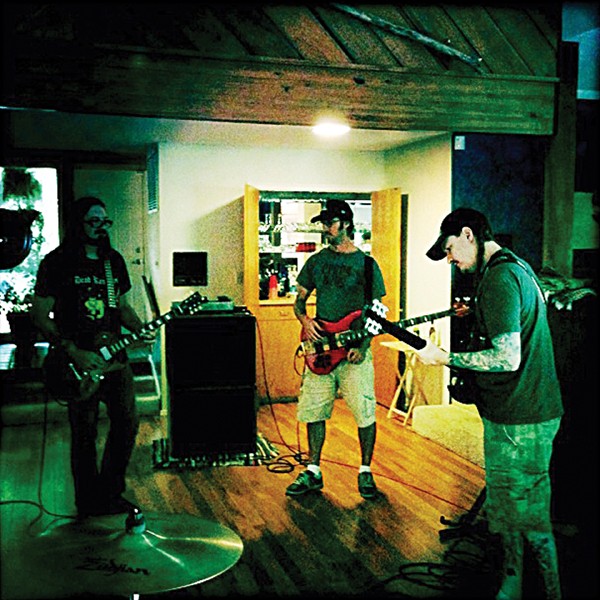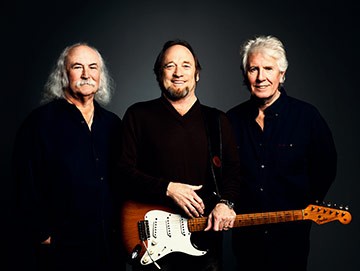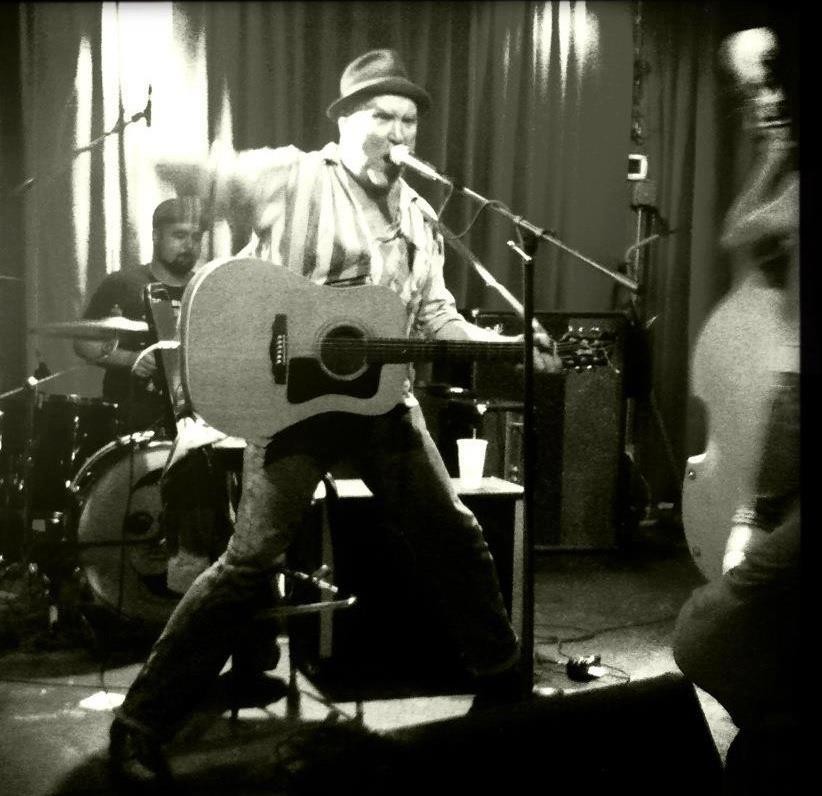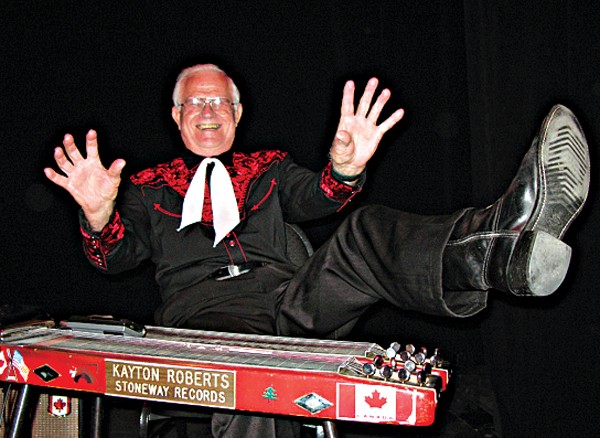Jason “Witnesse” Sims is showing his roots:
“[I started] collecting disco, jazz, dub, soul. Then getting into early hip-hop and stuff like that. Just getting really crazy about certain things for a while and then moving onto other things. But I’m kind of back to a full circle now. Ten or 15 years later, I’m back into deep house music.”
That return to origins is the driving force behind Chaperone, a DJ collective composed of Sims, Brandon “Wealth” Thornburg, and Don “Wantoo” Seymour. The three have been working together for decades and have followed dance music through its “rave” phase in the 1990s through the recent ascension of electronic dance music, the computer-created, festival-oriented phenomenon known as EDM.
EDM has evolved despite prejudices against the repetitive nature of the sounds. Hint: it’s just like your computer (on, off, on, off, 1, 0, 1, 0). It’s the most fundamental pulse of electricity and the basis of all digital technology. So it’s anything but superficial. But some of the stereotypes have endured. Chaperone is perhaps designed to counter those assumptions about dance music.
“We had a conversation about how we had to agree not to play Chicago house music, as much as we love it,” Thornburg says. “It’s so associated with this music people don’t like. We’re going toward a more psychedelic compositional edge.”
There’s just too much great electronic music.
“The Chaperone thing is a group of guys who wanted to expand on really quality stuff through the ages that might have been overlooked because different things were hyped at the time. You look back on some of this stuff now and you realize this was brilliant techno that someone was writing 10 or 20 years before anybody even cared about it, knew what it was, or it even had a name,” Sims says.
“There are entire club scenes in Europe that had labels people have never heard of except for these weird compilations,” Thornburg says. “There were gay bars in Italy that had their own labels and produced their own music to play in the club.”
“If you had to find a centerpoint, I think you could say Giorgio Moroder,” Sims says. “We’re really into this energy of 1980 trying to describe 2020. It was all sci-fi, but now we live in that era. It’s a fun-motivated electronica, but not electronic that’s in your face. More of a smooth, jovial electronica. Our set list now is such that we’ll play something from 1986 and something that was made this year, and you might not be able to tell the difference. We want to make it seamless and be informed by all the decades.”
Chaperone draws on decades of experience, and devotees of electronic Memphis will know their work. Currently, Thornburg is a computer programmer who runs a label called Voodoo Village. Sims is one of the DJs for Grizzlies games at FedEx Forum. In the past, they ran raves in all sorts of places in town during the 1990s. But before that, Sims had immersed himself in the San Francisco scene and brought those sounds back to Memphis.
“I moved to San Francisco when I was 19 and got really heavy into house music on the west coast,” Sims says. “Particularly 1991, 1992. I got really heavy into this DJ crew out there called the Wicked Crew. Basically consisted of a group of older gentlemen from England in their late 30s and 40s. They were breaking the mold of the ecstasy-house stuff.”
“They were bringing disco elements in and live instrumentation,” Thornburg adds. “They were breaking the mold for the times. House music was exploding, and they were going in another direction entirely.”
“Rave was just coming into existence,” Sims says. “It was this huge thing in itself, but these guys deepened it. That’s what influenced me to get into it as a young punk rocker in Memphis. My initial thoughts on electronica were: cheesy, commericial, stupid. Then being turned onto these guys who had such a deep element to it. It brought me into a lifetime of it.”
EDM had been an underground culture in the U.K. and Germany before it came to the Midwest in the late 1980s. In the U.S., it became “house” music in Chicago and “techno” in Detroit. Since then, the music has splintered into more strands and factions than the American Protestant church. But the rave culture of the 1990s is where the team behind Chaperone began working in Memphis.
“There was a club called Red Square,” Thornburg says.
“And a lot of house parties,” Sims adds. “We were even breaking into warehouses at one point and cranking up a generator and having someone stand at the door as if we had the ability to do that.”
Seymour and Thornburg had a crew for a while, and Thornburg threw the Electrocity parties. But eventually the demands of age and cultural shifts took their toll.
“I know I can speak for myself when I say that I got disinterested for quite a while. I got into different things. But the Chaperone concept is kind of full circle in a way. It was something that brought back and refreshed this old concept for us through thinking of the material that went unnoticed. Thinking through how these [musical ideas] affected each other through time.”
Times have certainly changed for EDM. The current issue of Billboard magazine is dedicated to EDM. A charticle cites 10 DJs who command more than $250,000 per gig and another 10 who earn more than $100,000. Attendees of Las Vegas’ Electric Daisy Festival spent $158 million in aggregate, according to Billboard. The magazine also points out several instances of EDM-based businesses attaining big-time venture capital. EDM is without a doubt the flavor of the moment. But Chaperone, like the Wicked Crew, is ready to put their own spin on what is normally a sound and scene for the young.
“We’re also seeking an adult-format dance party,” Sims says. “Something that’s really groovy for adults. Where you can listen to electronica without having to go to a kiddie party.” Hence the name. “We’re trying to do it in unusual environments. Our debut event was with several hundred people on top of 100 N. Main,” Sims says. “That’s just to give it a better feeling, a new feeling and still be real DJs. We want to give Memphis a good, regular party that it can get behind.”
Chaperone at Amurica Photo, Saturday, August 9th, at 10 p.m.
 Chris Davis
Chris Davis 
 Alexandra Baker
Alexandra Baker 





